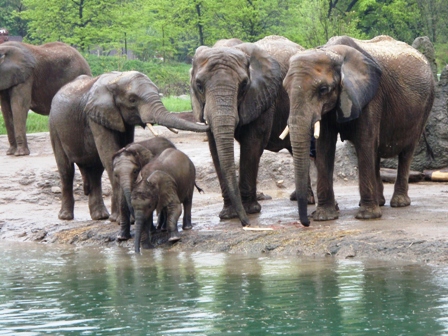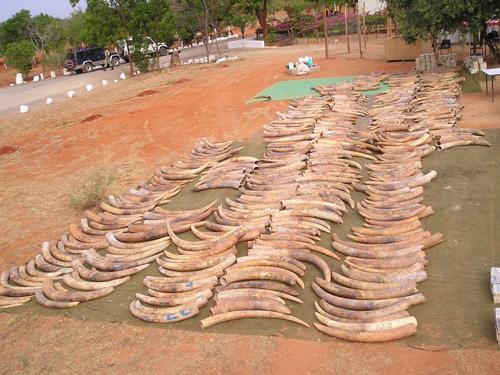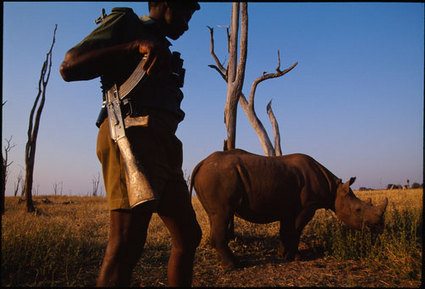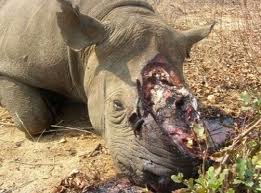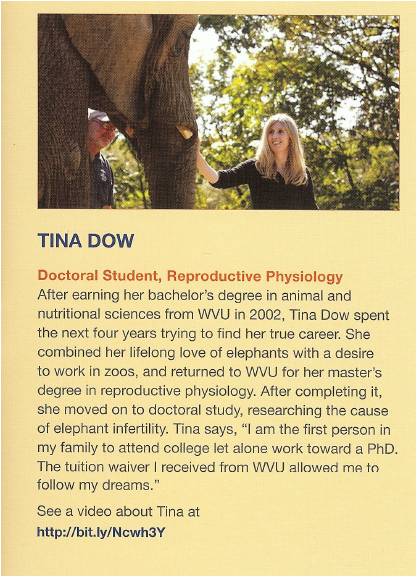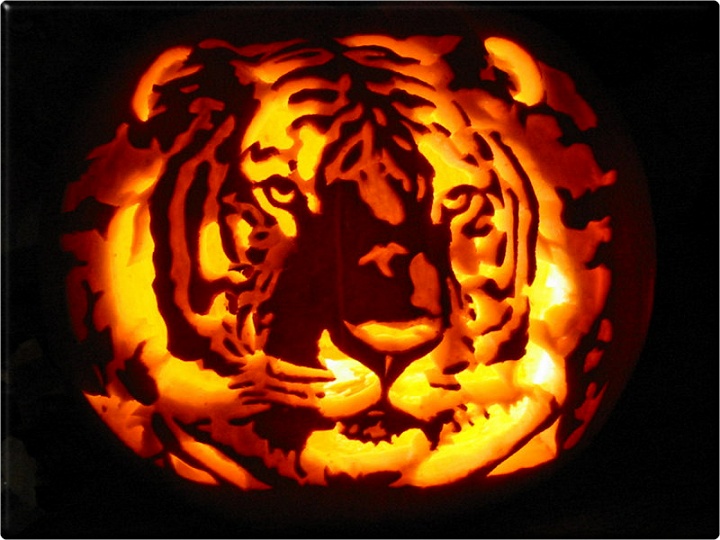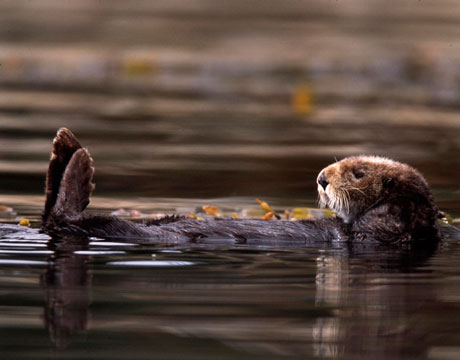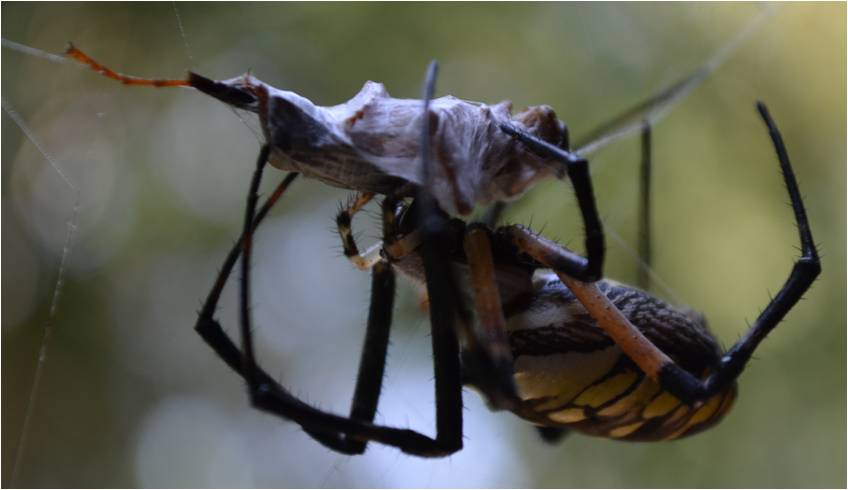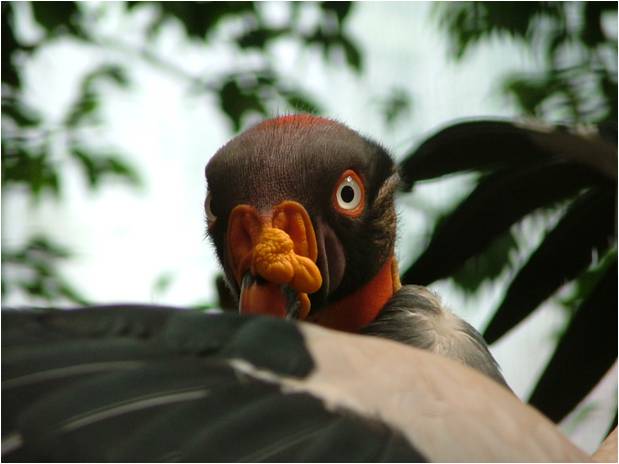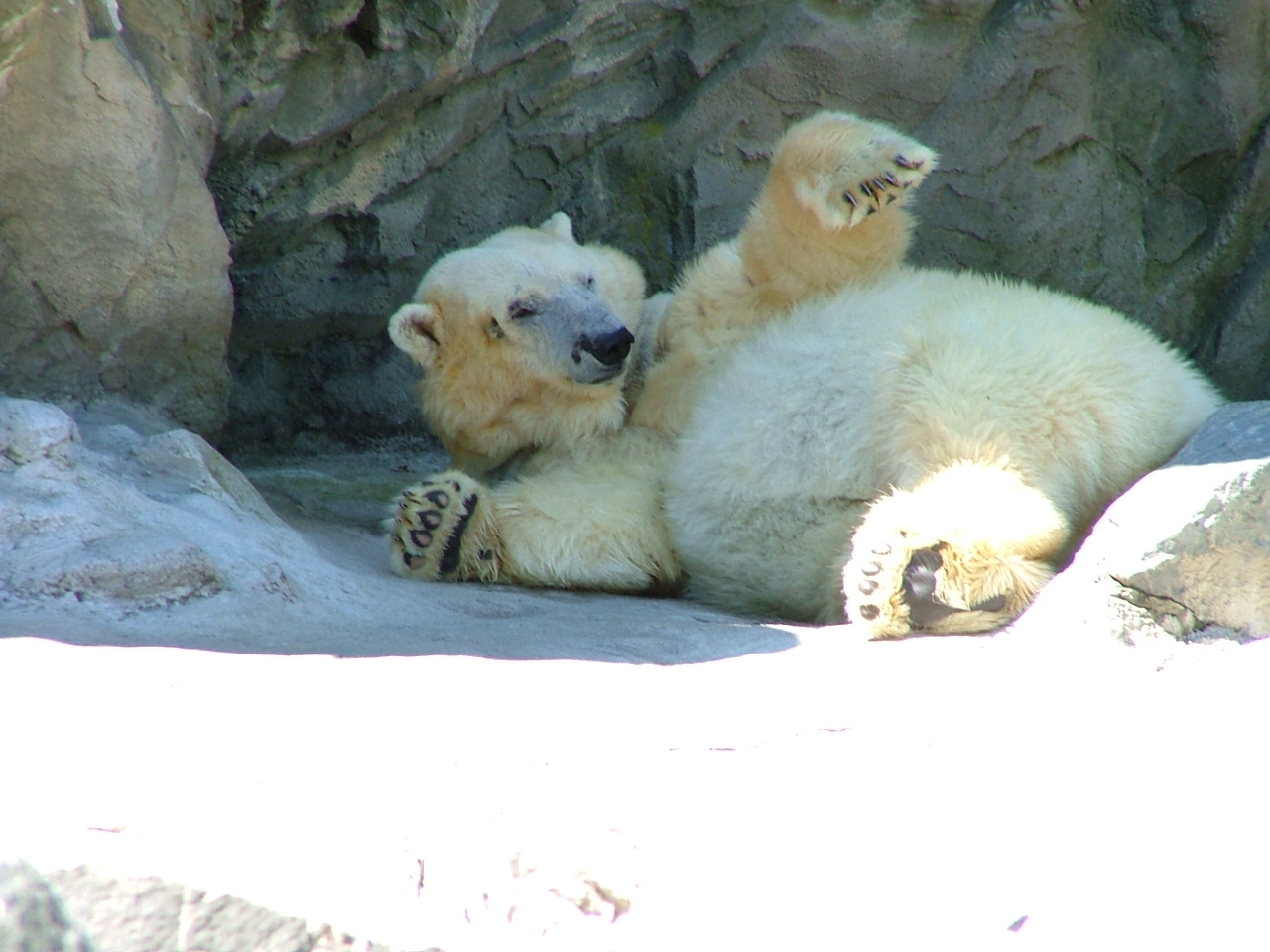In honor of Valentine’s Day, I thought it only fitting to take a closer look at baby making, and rearing, in the animal kingdom. Being a reproductive physiologist by training, I am always very fascinated by the ways wildlife have adapted to ensure species survival. How animals have evolved to overcome harsh environments, predators, and lack of resources, to name a few, to reproduce and raise young is incredible to say the very least. Thanks to the children’s animated feature, Happy Feet, most of us have at least a basic understanding of the yearly mating and egg laying drama of …
Love is in the Air . . . and Babies on the Way
